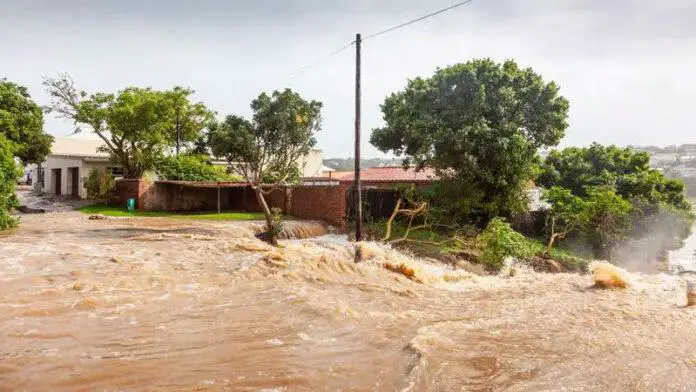A crisis triggered by extensive flooding, exacerbated by the El Niño weather phenomenon, is currently affecting Somalia. The situation, which began in early November 2023, has escalated to a national emergency, as declared by the Somali government.
The country has experienced severe flooding due to the heavy seasonal Deyr rains, impacting central and southern regions including Hiraan, Bakool, Bay, and Gedo.
The Somali Disaster Management Agency reports that the floods have resulted in at least 96 fatalities and have forced more than 700,000 people to flee their homes.
The International Rescue Committee (IRC) has voiced concerns over the gravity of the situation, noting that over 1.77 million people are affected. Losses include homes, properties, livestock, and crops. With ongoing rainfall, the IRC stresses the urgent need for humanitarian assistance. The floods have also damaged critical infrastructure like roads and bridges and inundated extensive agricultural land.
UNICEF has disclosed that the floods have displaced over 700,000 individuals, and up to 1.6 million are at risk due to continuous rains. The agency mentions that approximately 12 villages are cut off, reachable only by boats, and the aid provided falls short of the actual needs. There is also a substantial funding gap, with only 26% of the Somalia humanitarian response plan financed, jeopardizing essential water and sanitation services.
The IRC is actively assisting communities, especially in internally displaced camps, by reinforcing riverbanks and distributing necessities in areas like Baidoa, Galkacyo, Bardhere, and Beledweyne. Essential aid includes shelter, non-food items, and cash.
Al Jazeera highlights that the Horn of Africa is particularly susceptible to climate change impacts. The region is recovering from a severe drought, and these floods mark a significant shift in environmental challenges. Humanitarian groups caution that conditions could worsen without immediate global intervention, as El Niño may continue influencing weather patterns into 2024.


